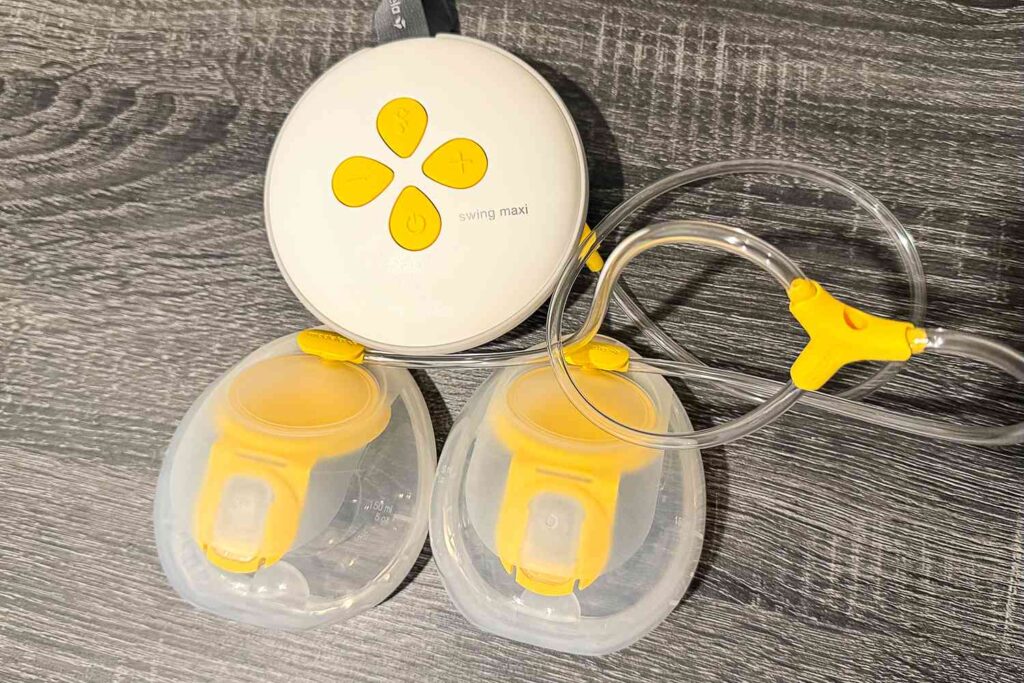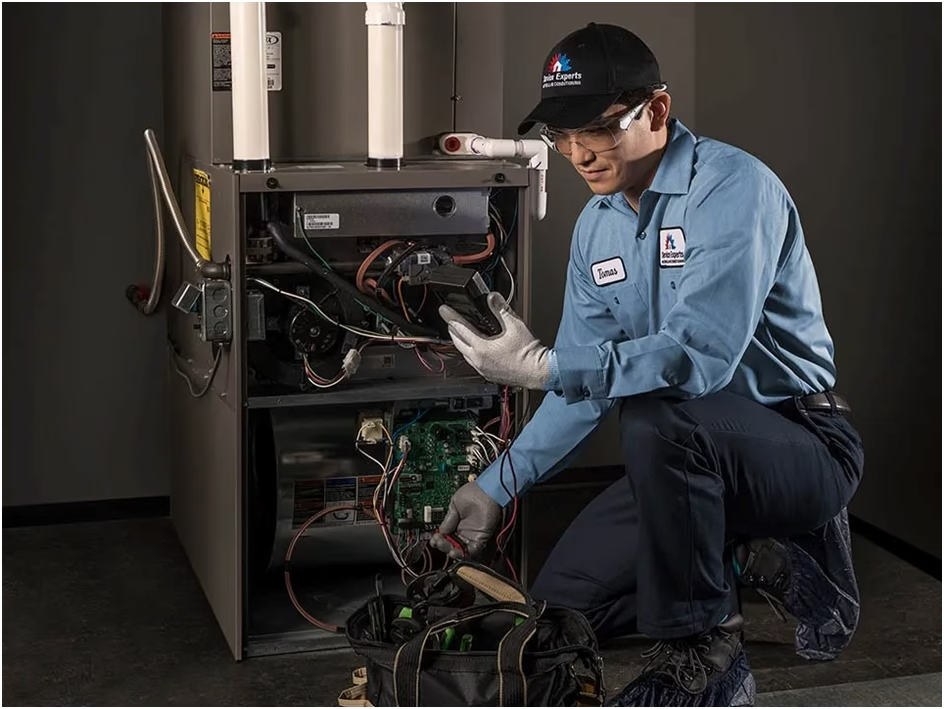Contemporary motherhood demands unprecedented multitasking capabilities, particularly for working mothers balancing professional responsibilities with infant care requirements. The hands-free breast pump has emerged as an essential tool for maintaining breastfeeding goals while preserving productivity and lifestyle flexibility. Market research indicates that 89% of employed mothers cite time constraints as the primary barrier to consistent pumping, highlighting the critical importance of efficient, multitasking-compatible lactation solutions.
Productivity Enhancement Through Multitasking
Hands-free pumping technology enables simultaneous task completion, effectively doubling productive hours during lactation periods. Ergonomic designs featuring secure breast cups and adjustable straps allow mothers to engage in various activities while maintaining optimal pump positioning. Time-motion studies demonstrate that hands-free users complete 2.3x more tasks during pumping sessions compared to traditional handheld device users.
Professional environments particularly benefit from discrete hands-free operation. Many modern devices feature noise reduction technology operating below 45 decibels, equivalent to library-level sound. This acoustic engineering allows pumping during video conferences, phone calls, or collaborative work sessions without disrupting professional interactions.
The psychological benefits extend beyond mere convenience. Reduced pumping anxiety correlates with improved milk production, as stress hormones can inhibit letdown reflexes. Studies show that mothers using hands-free systems report 34% lower stress levels during pumping sessions, contributing to both improved milk yield and overall maternal wellbeing.
Technological Innovations Driving Adoption
Advanced sensor technology enables automatic suction adjustment based on individual physiological responses. Smart pumps monitor milk flow rates, breast fullness, and pumping duration to optimize session parameters automatically. Machine learning algorithms analyze usage patterns, providing personalized recommendations for timing, duration, and suction strength.
Mobile app integration offers comprehensive tracking capabilities, monitoring daily milk production, pumping frequency, and nutritional intake correlations. Data synchronization with healthcare providers enables remote lactation support and early identification of potential breastfeeding challenges. Cloud-based storage ensures data accessibility across multiple devices and platforms.
Battery technology improvements have eliminated tethering constraints entirely. Modern lithium-polymer batteries provide 8-12 hours of continuous operation while maintaining consistent suction pressure throughout the discharge cycle. Fast-charging capabilities restore 80% battery capacity within 30 minutes, ensuring minimal disruption to daily routines.
Economic and Health Considerations
Cost-benefit analyses reveal significant long-term savings associated with hands-free pumping systems. Increased pumping consistency extends breastfeeding duration, reducing formula supplementation costs by an average of $1,200 annually per infant. Additionally, improved pumping efficiency reduces session frequency requirements, saving approximately 4.5 hours weekly compared to traditional methods.
Health outcomes demonstrate measurable improvements with hands-free systems. Proper positioning reduces repetitive strain injuries affecting shoulders, neck, and wrists. Ergonomic designs promote natural posture maintenance, preventing the musculoskeletal complications commonly associated with prolonged handheld pumping.
Infection prevention benefits from reduced manual handling of pump components during operation. Touchless operation minimizes bacterial transfer risks, particularly important in workplace environments with shared facilities. Clinical data shows 23% fewer mastitis incidents among hands-free pump users compared to traditional pump users.






